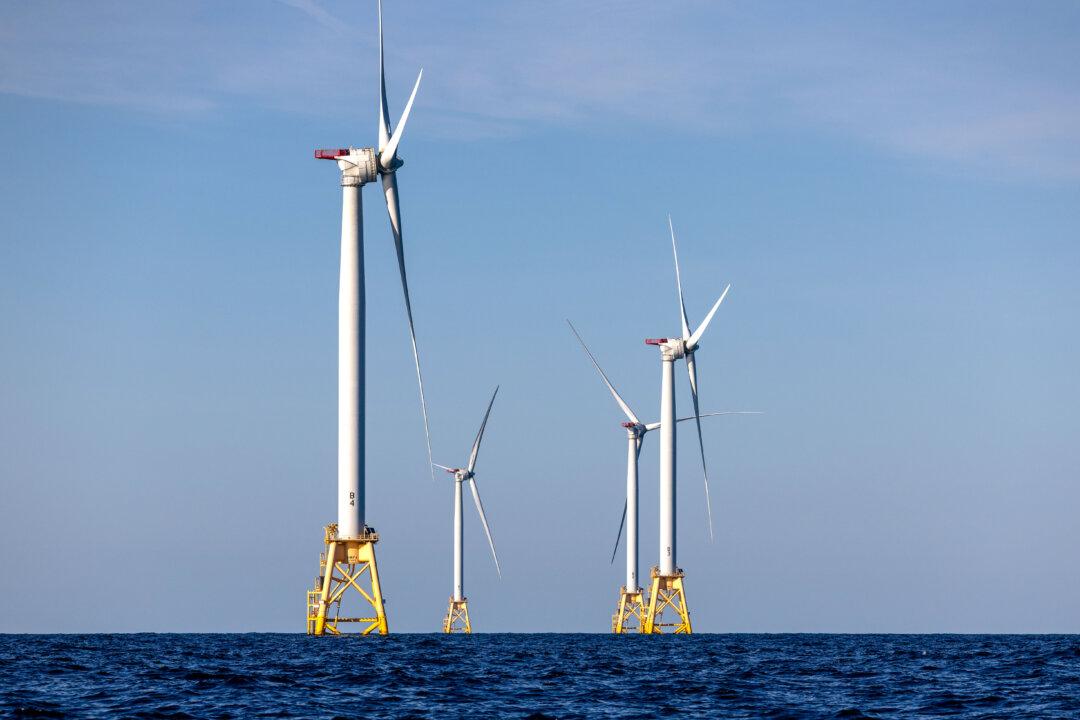Following a shock selloff in U.S. oil futures last month that saw prices dive into negative territory, oil prices climbed more than 4 percent on Wednesday on signs of improving demand and a drawdown in U.S. crude inventories.
Brent crude futures were up $1.38, or 3.98 percent, at $36.03 per barrel at 10:54 a.m. ET while U.S. West Texas Intermediate (WTI) July crude futures were up $1.38, or 4.32 percent, at $33.34 a barrel. Both benchmarks rose more than 5 percent during the session.





